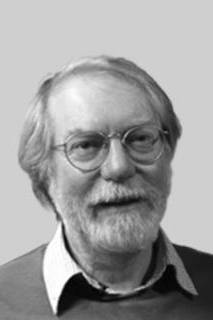This article explores empirically the duration of civil war. It relates the duration of civil war to two alternative models of conflict and culls testable hypotheses from the case study literature on civil war. Using a comprehensive dataset on large-scale violent civil conflicts covering the 1960-2000 period, a wide range of hypotheses are tested by means of hazard function regressions. The results show that the duration of conflict is systematically related both to structural conditions prevailing prior to conflict and to circumstances during conflict. The key structural characteristics that lengthen conflict are low per capita income, high inequality and a moderate degree of ethnic division. The key variable characteristics that shorten conflict are a decline in the prices of the primary commodities that the country exports and external military intervention on the side of the rebels. Furthermore, the results indicate that the chances of peace were much lower in the 1980s and 1990s than they had been previously. Three empirical explanations are suggested as different approaches to civil war: rebellion-as-investment, in which the critical incentive is the post-conflict payoff; rebellion-as-business, in which the critical incentive is the payoff during conflict; and rebellion-as-mistake, in which military optimism prevents the recognition of any mutually advantageous settlement. The article concludes that the empirical evidence is incompatible with the first of these approaches but consistent with the others.
Collier, Paul; Anke Hoeffler & Måns Söderbom (2004) On the Duration of Civil War, *Journal of Peace Research * 41 (3): 253–273.






